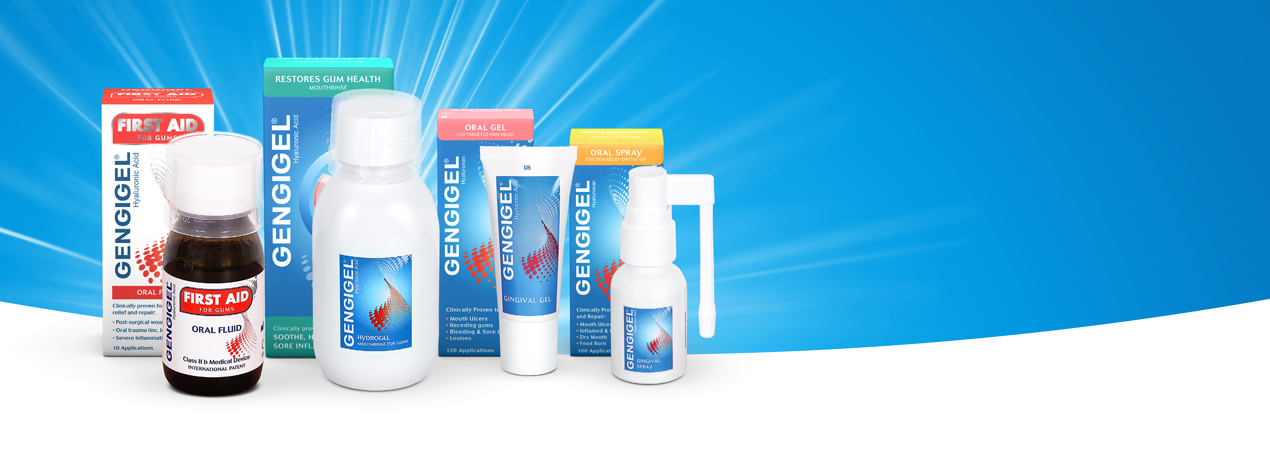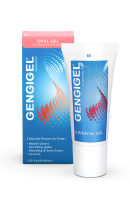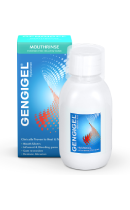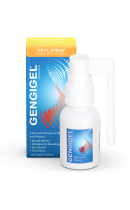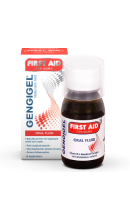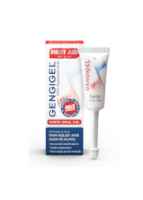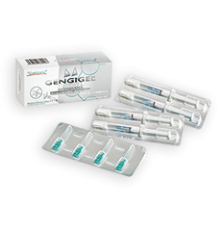Indications
Gengigel is a patented formulation whose main ingredient is Hyaluronic acid, a substance produced by the body to heal and repair itself.
- Aid repair and healing of damaged gum tissue
- Significantly improved management of oral pain from conditions like mouth ulcers, burning and dry mouth syndromes, denture pain, teething and many others
- Promotes healing after surgical procedures
- Recovery and accelerated healing of ulcers (chronic)

Mode of Activity
Hyaluronic Acid initiates the healing and repair processes by modulating the inflammatory response1, promoting cell proliferation and re-epithelisation processes. At the initial stages of the repair response it promotes the migration and proliferation1 of the cell “lines” which, at the next stage, will be dedicated to the rapid physiological process of tissue regeneration, including haemostasis. It plays a crucial part in maintaining tissue integrity even in the presence of poor healing. By modulating the inflammatory response, partly by cytokine release, it provides an anti-inflammatory response, even after traumas. It stimulates the differentiation of granulation tissue1 during the repair process (post-extraction, post-surgery). Hyaluronic Acid promotes blood coagulation1 subsequent maturation to granulation tissue and stimulates rapid bone growth and maturation after extractions2.
Function of Hyaluronic acid in the regeneration of oral lesions
- It is a modulator of the host response to trauma, toxins and irritants
- It supresses inflammatory processes activated in response to external events
- It forms the basic matrix for cell growth
- Stimulates the formation of blood vessels and granulation tissue
- Stimulates osteoblast formation
- It has a mild bacteriostatic and fungistatic action
Principal Ingredient: Hyaluronic Acid (also known as Hyaluronan), Xylitol
References
- Weigel PH, Fuller GM, Le-Boeuf RD (1986) A model for the role of hyaluronic acid and fibrin in the early events during the inflammatory response and wound healing. Journal of Theoretical Biology; 119 (2):219-234.
- Sakasi T and Watanabe C (1995). Stimulation of osteoinduction in bone wound healing by high-molecular hyaluronic acid: Bone; 16:9-15.

